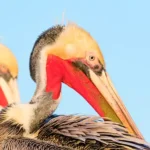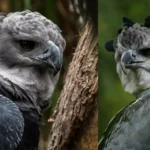Welcome to the world of the Angriest Looking Birds! Why do these birds look so mad? Let’s find out together as we explore their unique appearances and uncover the reasons behind their fierce expressions.
The Misconception of the Angriest Looking Birds
Reputation vs. Reality: Often, birds that look angry aren’t necessarily aggressive. Their appearance can be misleading.
Cultural Influence: Movies and cartoons, like Angry Birds, have shaped our perception, making us believe that certain birds are angrier than they truly are.
Defensive Mechanism: Some birds might have an angry appearance as a way to ward off predators or to assert dominance in their territory.
Nature’s Design: Not all birds that look angry have a temperament to match. It’s just how they’ve evolved.
13 List Of Angriest Looking Bird :
1. Onychorhynchus coronatus (Royal Flycatcher):

Credit: Alex Jahn
This bird is known for its flamboyant crest, which is usually seen in bright red or yellow. Native to the forests of Central and South America, the Royal Flycatcher feeds primarily on insects.
It’s known to flutter near the ground to catch its prey, using its broad bill effectively. The crest is typically raised during courtship displays or when the bird feels threatened.
- Length: 6.5 – 7.5 in (16.5 – 19 cm)
- Weight: 0.5 – 0.7 oz(14 – 20 gm)
- Wingspan: 9.8 in (25 cm)
2. Emu (Dromaius novaehollandiae.):
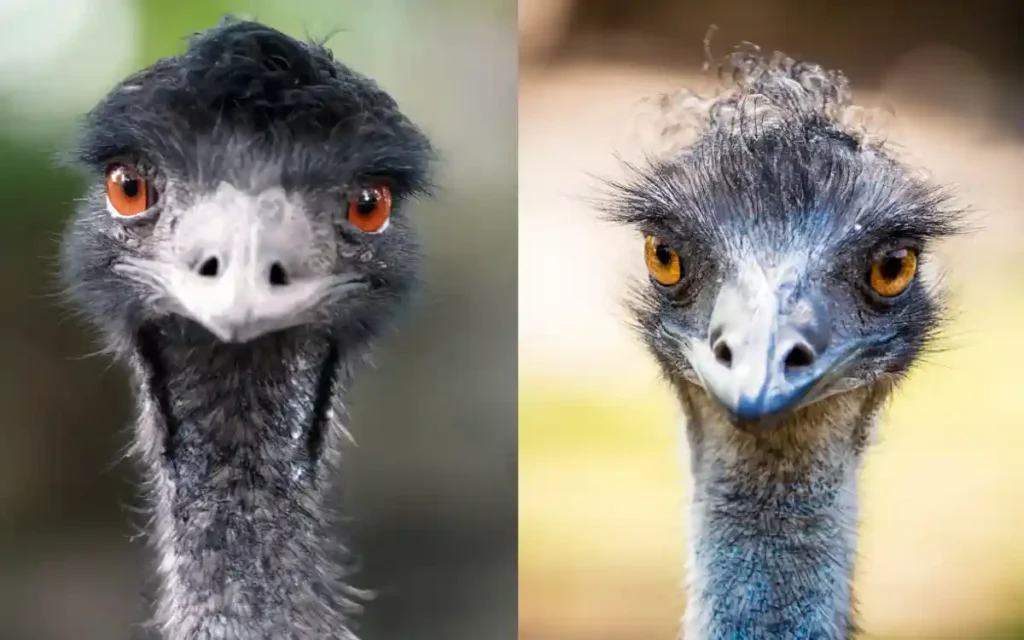
Native to Australia, the Emu is the second-largest bird in the world. They are flightless and have strong legs adapted for running at high speeds.
Emus are omnivores, feeding on a variety of plants, seeds, and insects. They are known to travel long distances in search of food and water.
- Length: 59 – 75 in (150 – 190 cm)
- Weight: 40,000 – 132,000 oz (18 – 60 kg)
- Wingspan: 79 – 87 in (200 – 220 cm)
3. Swamp Sparrow (Melospiza georgiana):
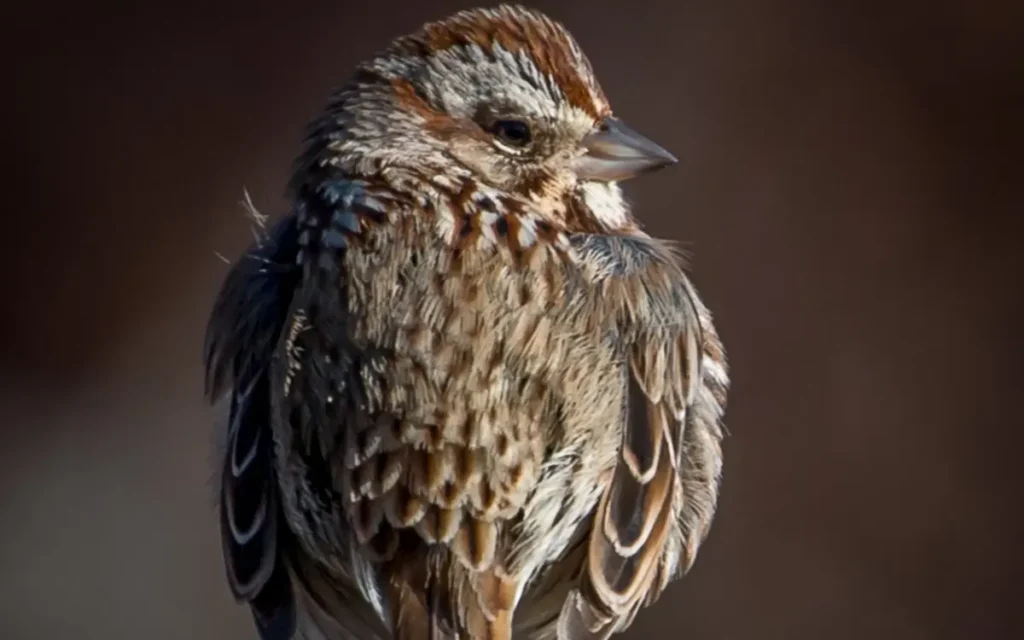
As the name suggests, these birds prefer wetland habitats. They have a melodious song and feed primarily on insects and seeds.
Their rusty wings and gray face make them easily distinguishable from other sparrows.
- Length: 4.7-5.9 in (12-15 cm)
- Weight: 0.5-0.8 oz (15-23 g)
- Wingspan: 7.1-7.5 in (18-19 cm)
4. Tawny Frogmouth (Podargus strigoides):
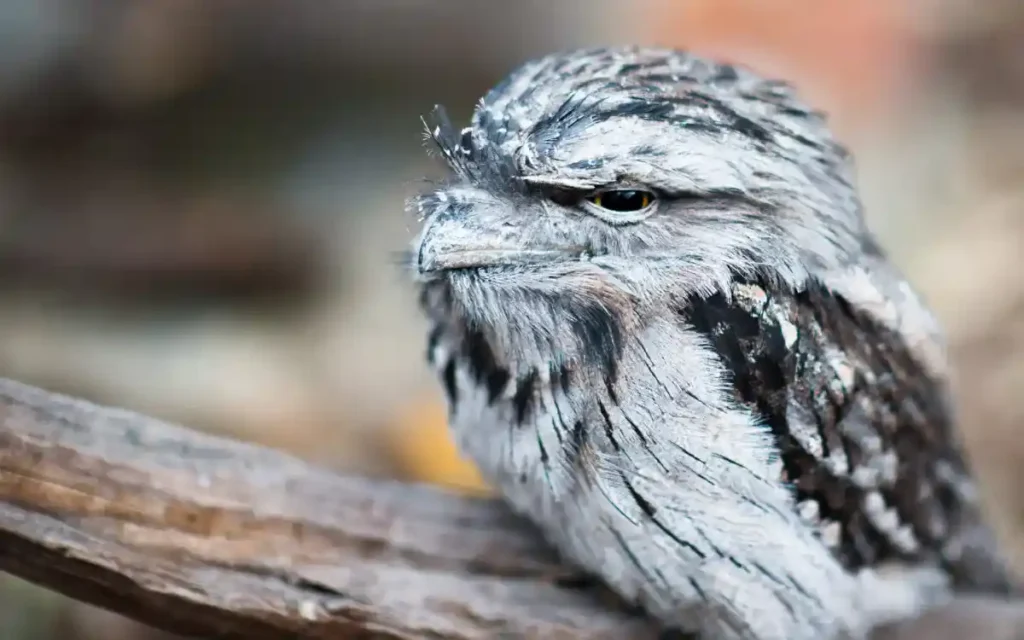
Native to Australia, this bird is often mistaken for an owl due to its nocturnal habits and similar appearance.
However, they are more closely related to nightjars. They feed on insects and small vertebrates, using their wide mouth to catch prey.
- Length: 13 – 21 in (34 – 53 cm)
- Weight: 5.3 – 24 oz(150 – 680 gm)
- Wingspan: 25 – 36 in (64 – 91 cm)
5.Red-Winged Blackbird (Agelaius phoeniceus):
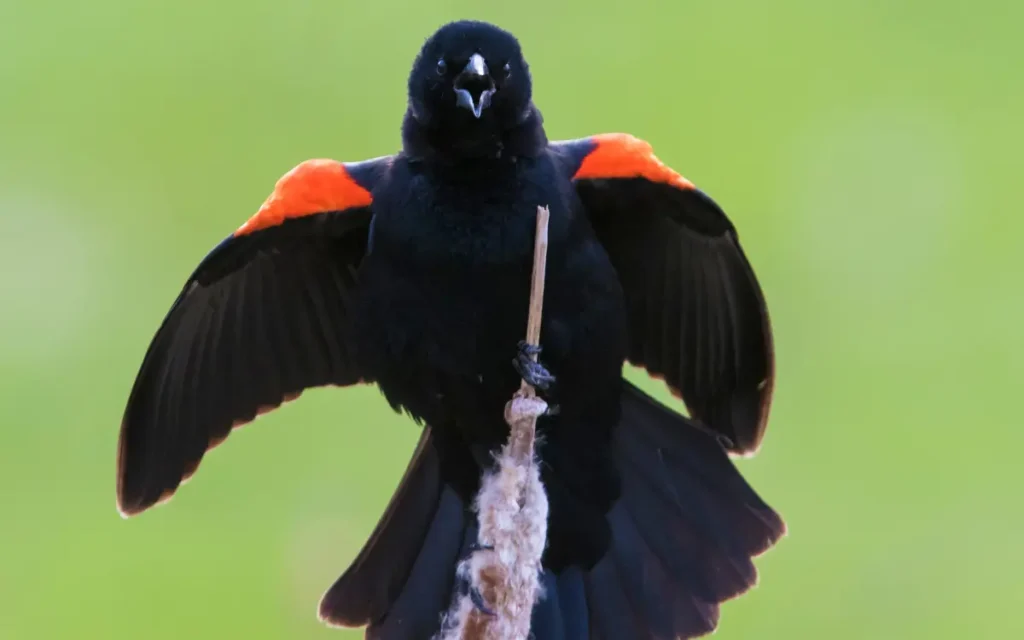
Commonly found in North America, these birds are easily recognizable by the red patches on their wings.
They are often seen in wetlands and feed on seeds and insects. Males are known for their territorial behavior during the breeding season.
- Length: 7.1-9.1 in (18-23 cm)
- Weight: 1.5-2.7 oz (42-77 g)
- Wingspan: 12.6-15.8 in (32-40 cm)
Read also: 13 Bird Camouflage Abilities(Nature secret)
6.Wild Turkey(Meleagris gallopavo):

Native to North America, these large birds are known for their fan-shaped tails and wattled necks. They are omnivores, feeding on a variety of plants, seeds, and small animals. Wild Turkeys are known for their distinctive gobbling calls.
- Length: 43.3-45.3 in (110-115 cm)
- Weight: 88.2-381.0 oz (2500-10800 g)
- Wingspan: 49.2-56.7 in (125-144 cm)
7.Shoebill (Balaeniceps rex):

Found in the swamps of central tropical Africa, the Shoebill is known for its large shoe-shaped bill.
They primarily feed on fish, using their bill to scoop up prey from the water. Their slow movements and statue-like stance make them a unique sight.
- Length: 39 to 55 in(100 to 140 cm)
- Weight: 264 to 352 oz (7500 to 10000 gm)
- Wingspan: 90 to 100 in (230 to 260 cm)
8.Morus Bassanus (Northern Gannet):
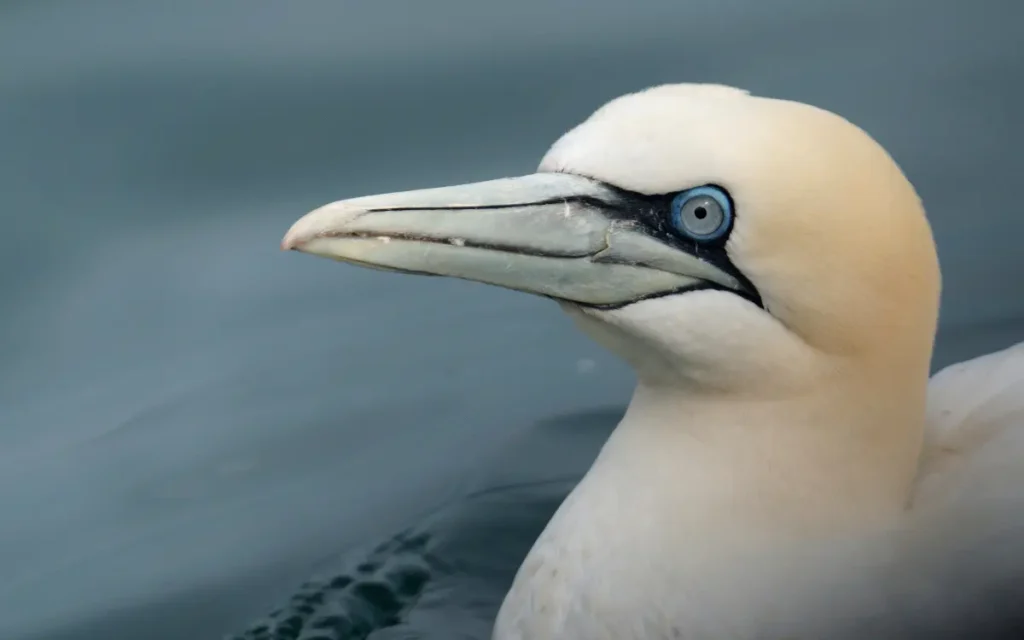
These seabirds are known for their spectacular high-diving skills.
They plunge into the ocean at high speeds to catch fish. With their sleek bodies and long wings, they are efficient fliers and divers.
- Length: 28.3-35.4 inches (72-90 cm)
- Weight: 2.6-6.6 pounds (1200-3000 g)
- Wingspan: 47.2-59.1 inches (120-150 cm)
9.Bearded Reedling (Panurus biarmicus):
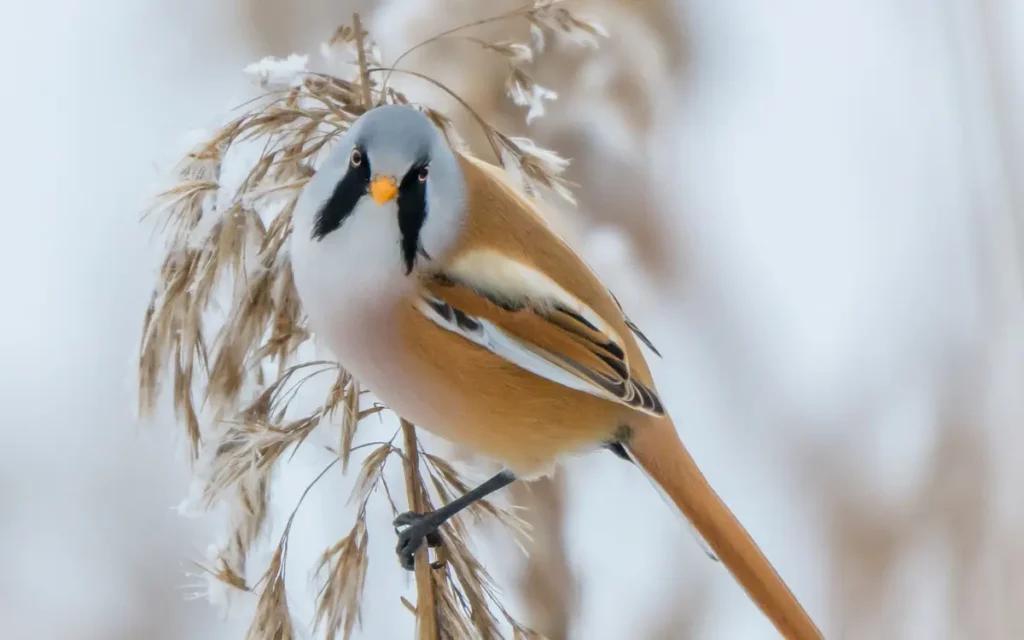
Found in temperate Europe and Asia, these small birds live in reed beds and marshes.
They feed on seeds and occasionally insects. The males are easily recognizable by their long mustache-like facial feathers.
- Length: 5.5 to 6.7 in (14 to 17 cm)
- Weight: 0.4 to 0.7 oz (11 to 20 gm)
- Wingspan: 5.9 to 7.5 in (15 to 19 cm)
10.Jungle Babbler(Turdoides striata):
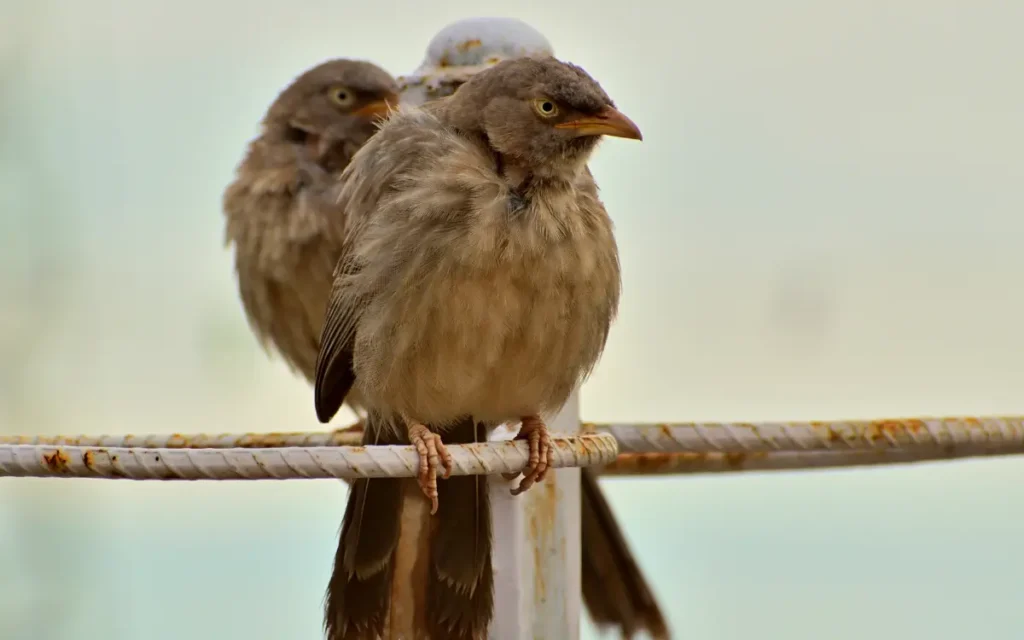
Native to the Indian subcontinent, these birds are social and are often seen in groups.
They feed on insects and fruits. Their continuous chattering calls are a common sound in their habitat.
11.Potoo(Nyctibius):

Found in Central and South America, Potoos are nocturnal birds known for their excellent camouflage.
They perch on tree stumps and mimic the appearance of broken branches. They feed on flying insects, catching them mid-air.
- Length: 18.5 to 24 in (47 to 61 cm)
- Weight: 12.3 to 21.2 oz (350 to 600 gm)
- Wingspan: 25.6 to 27.6 in (65 to 70 cm)
12.American Robin:
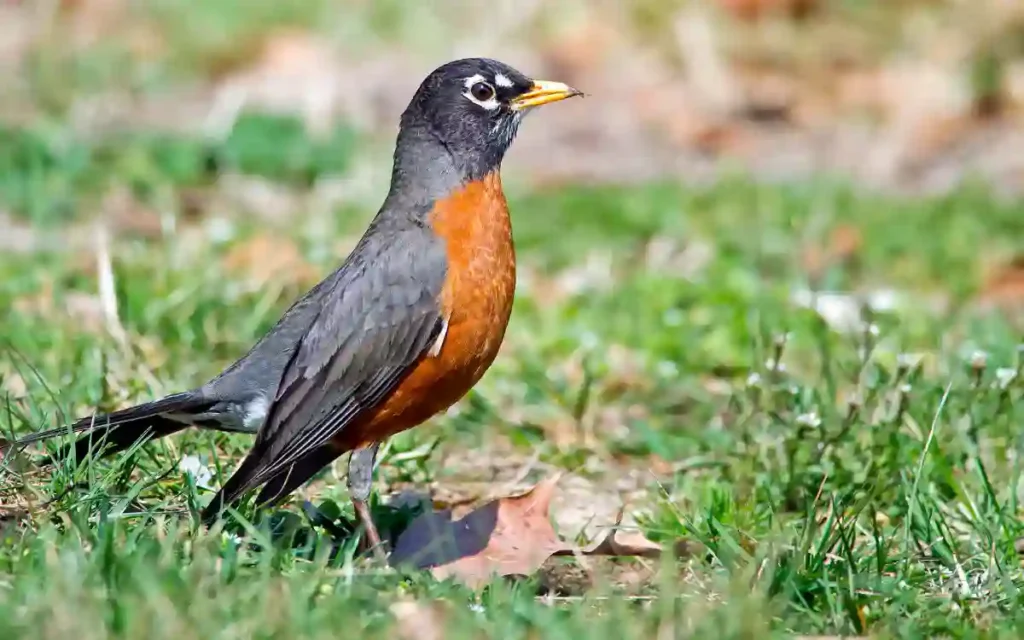
One of the most recognized birds in North America, the American Robin has a bright red breast and feeds on worms, berries, and insects. They are often associated with the arrival of spring and are known for their melodious songs.
- Length: 9.0-11.0 in (23-28 cm)
- Weight: 2.7-3.0 oz (77-85 g)
- Wingspan: 12.2-15.8 in (31-40 cm)
FAQs:
Q: Why do birds become aggressive?
Birds become aggressive for various reasons. Primarily, they show aggression to defend their territory, especially during mating seasons.
Q: Which birds are known to be the most aggressive?
Several birds are known for their aggressive nature. Some of the most notable include:
Crows: Highly territorial and known to mob predators.
Magpies: Especially during the breeding season, they might swoop down on perceived threats.
Hawks and Eagles: As birds of prey, they can be aggressive when hunting or defending their nests.
Mynas and Starlings: These birds can be aggressive towards other birds, often driving them away from food sources.
Q: How do birds protect their young from predators?
Birds have developed various strategies to protect their young:
Camouflage: Many birds build nests that blend in with the surroundings, making them hard to spot.
Distraction: Some birds, like killdeers, will pretend to be injured to lure predators away from their nests.
Mobbing: Birds like crows and sparrows will group together to chase away or intimidate potential threats.
Nest Placement: Choosing high or concealed places to build nests keeps them out of reach from many predators.
Q: How do human activities impact bird behavior?
Human activities impact bird behavior by causing habitat loss through urbanization, disrupting natural behaviors with pollution, and posing threats like collisions with man-made structures. However, they can also positively affect birds through conservation efforts and providing food sources like bird feeders.
Conclusion:
In the bird world, looks can be misleading. Some birds may seem angry, but they’re not really. Many things, like how they evolved and where they live, affect how they act and look. Remember, don’t judge a bird by its appearance. Instead, let’s be curious and understanding about them.




